Patreon rewards, batch #01
July 22, 2015

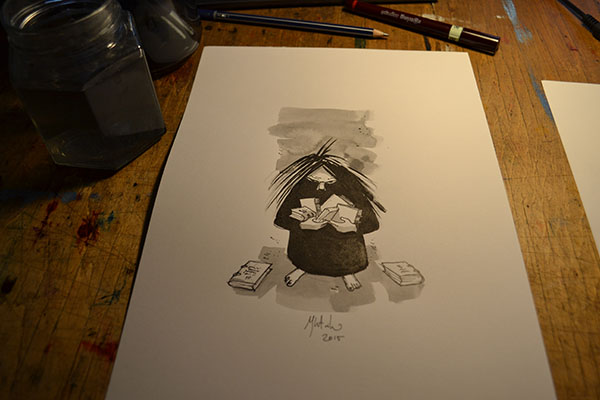
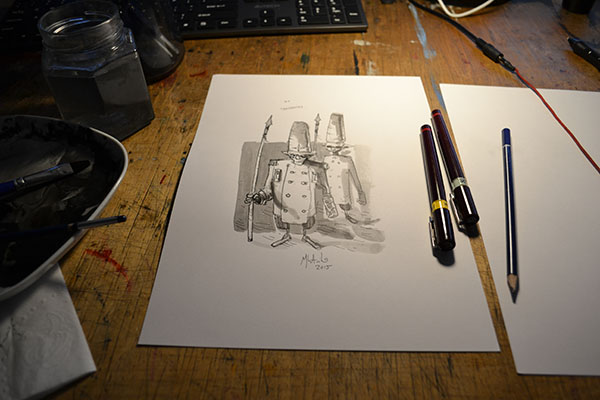
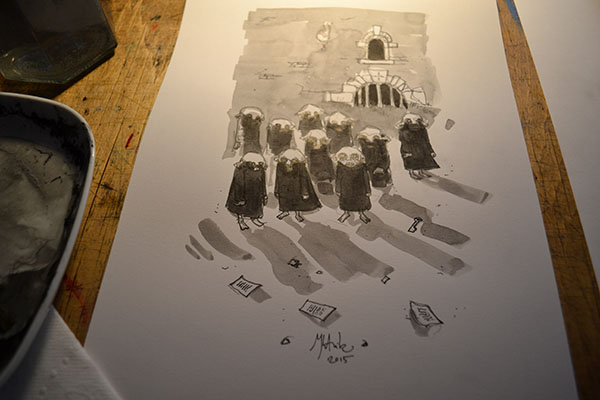
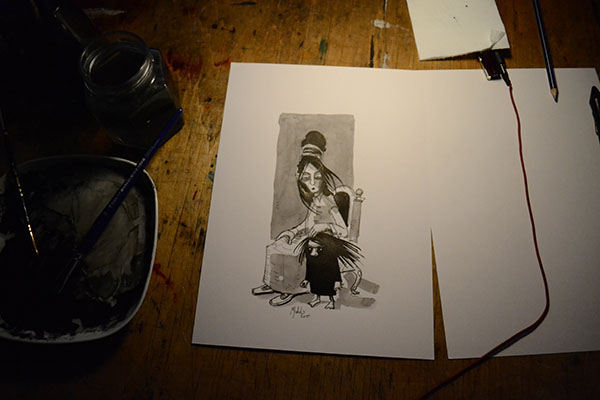
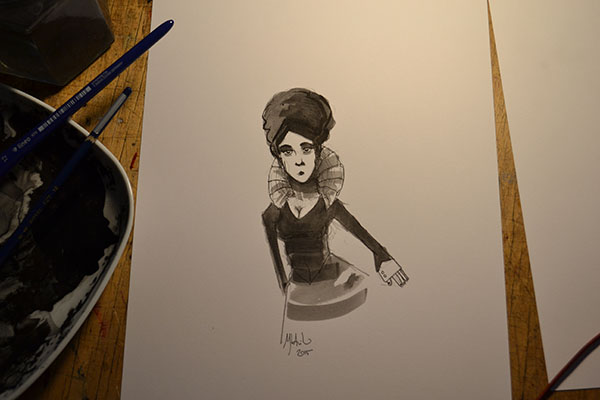
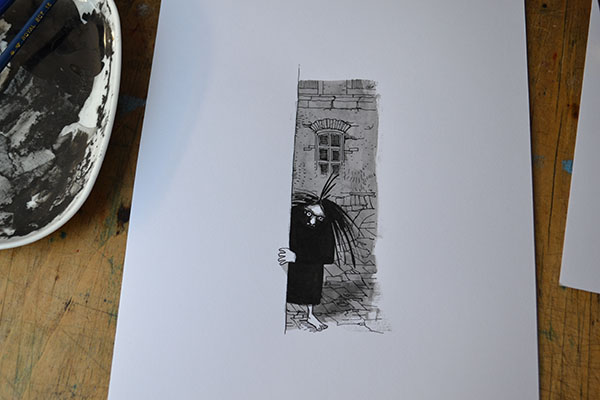
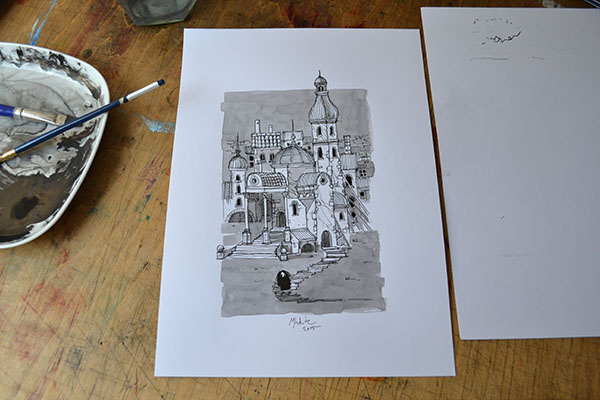
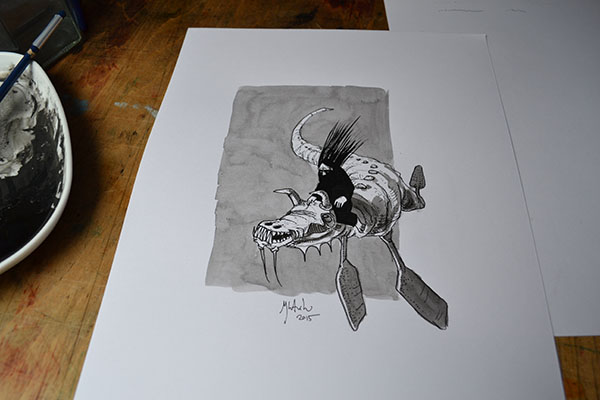

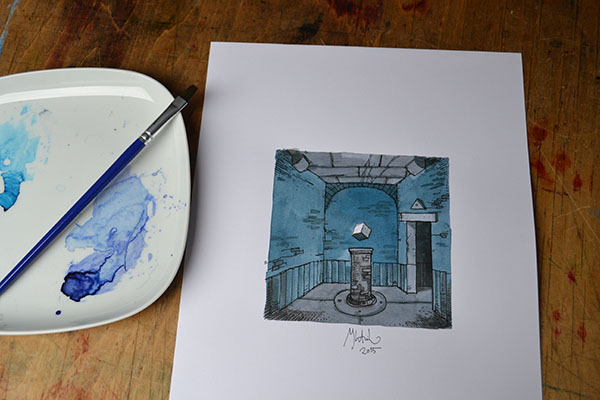
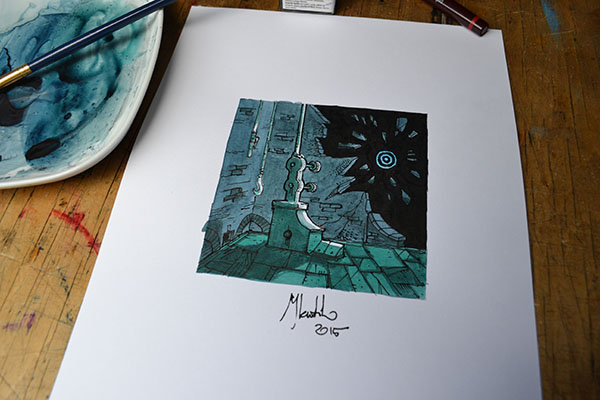

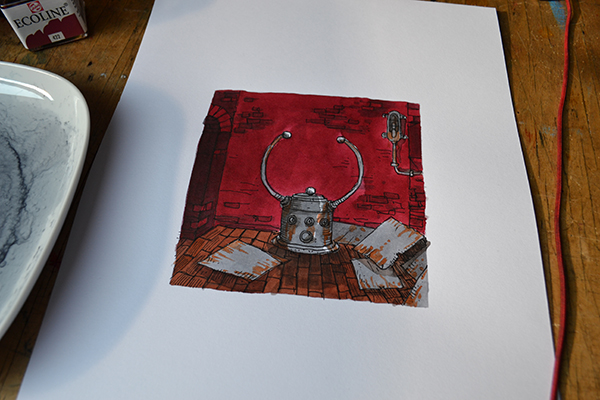
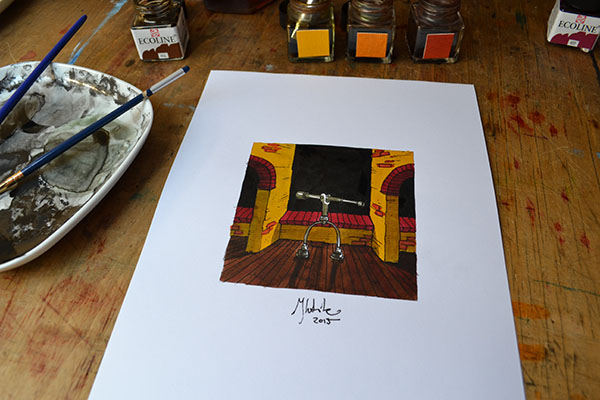
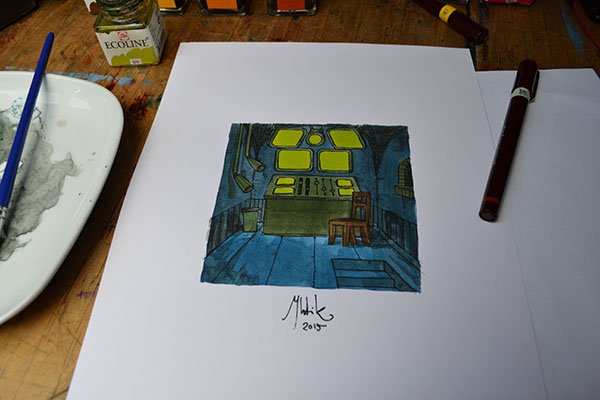
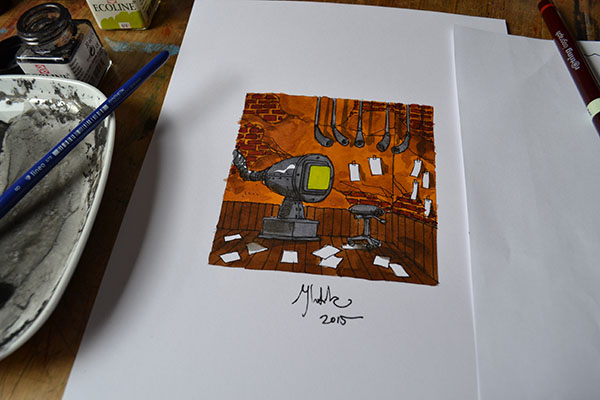
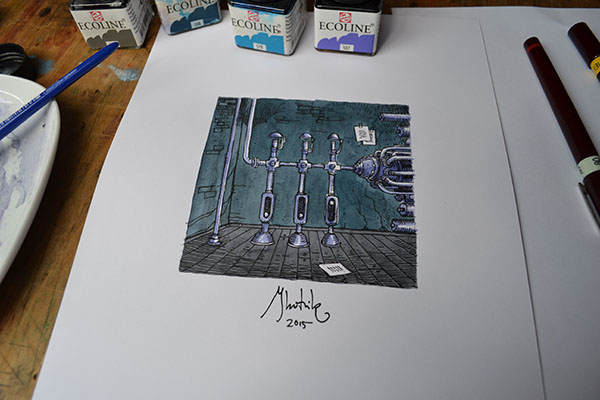
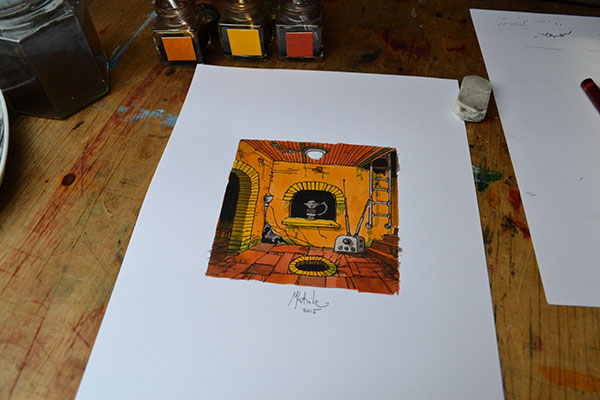
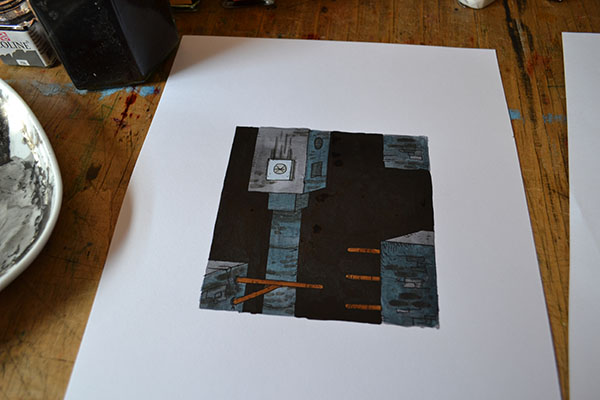
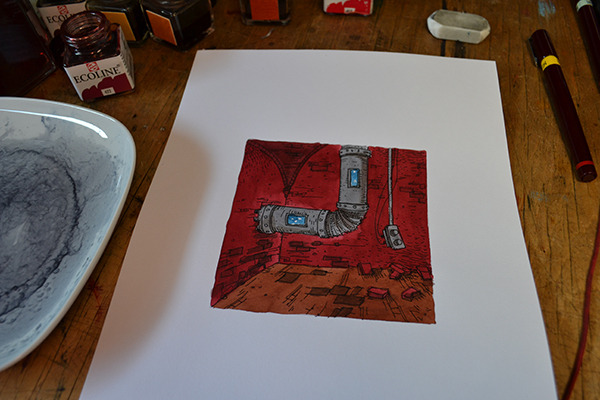
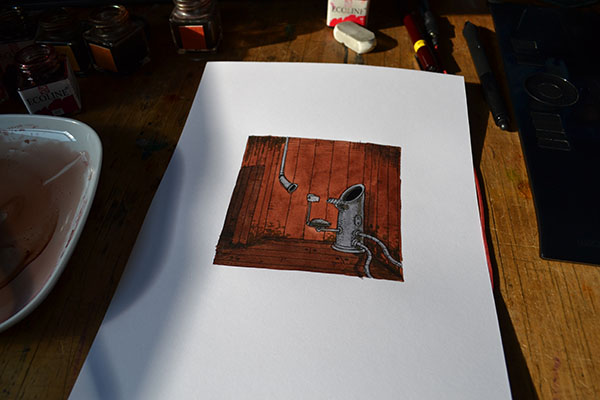
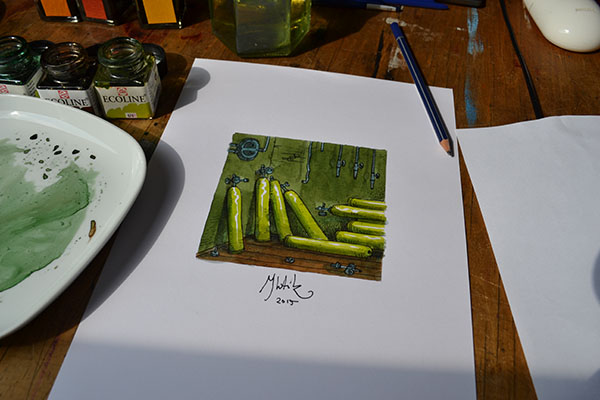
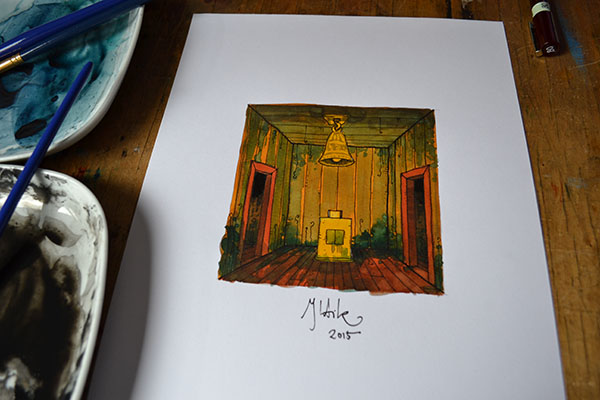
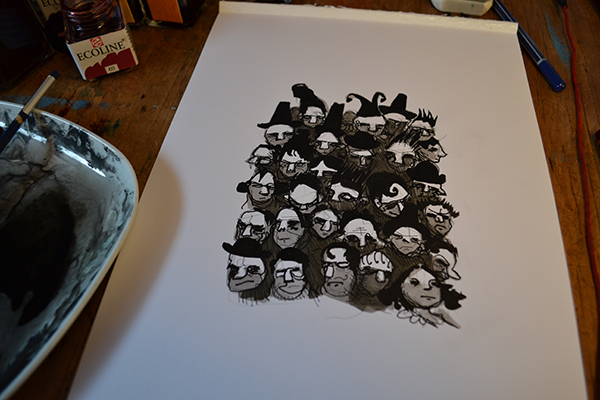
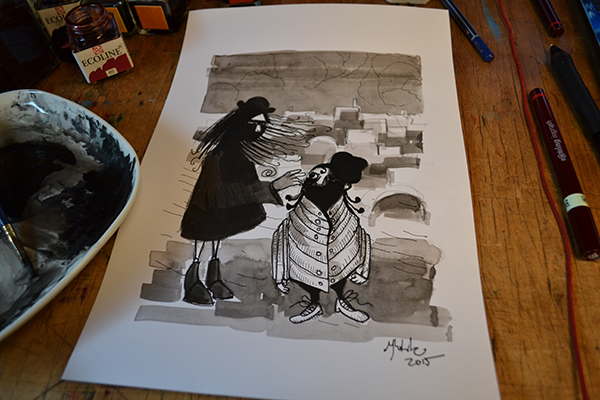
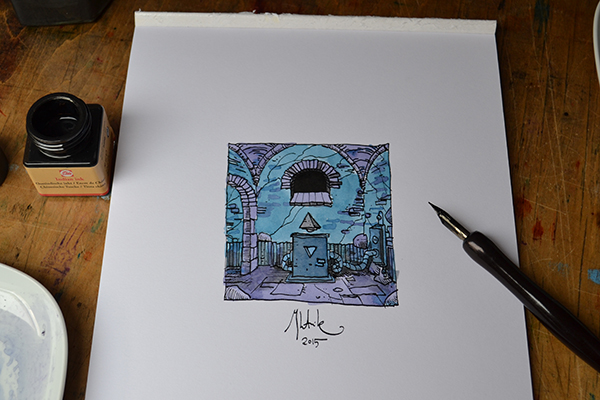
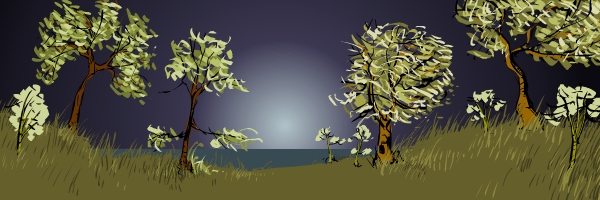
So, guys, here’s the thing.
As you probably know, sometime ago I asked you to send me questions that you think should be addressed in the upcoming Submachine 10. Your response was swift, precise and… uhm… avalanche-like? Not sure if that’s the right expression. Anyway. I’ve collected 112 questions, and as you can imagine, I will not be able to answer them all in the upcoming game. Not even close. Maybe I should just write a book about Submachine. Like a dictionary, or digest.
I’m pretty sure I will cover some of those questions in Submachine 10, however I believe rest of them will have to wait for standalone Submachine games that will come later on. Those, while being stripped from the main storyline, will have plenty of room to discuss all those subjects in question. So, more Submachines, yay.
Here’s the full list of Submachine questions I’m supposed to tackle:
„10 Gnomes in Montaigut-le-Blanc” jest bodaj pierwszą grą, którą Mateusz Skutnik zrealizował w wyniku osiągnięcia przyzwoitego (jak dotąd) wyniku swej akcji w serwisie Patreon.com. W dodatku dostępna jest za darmo (zip), w full HD (1920×1080), ukończona dwa miesiące przed początkowym planem.
Montaigut-le-Blanc to niewielka miejscowość w centralnej Francji, w regionie Owernia. Autor gry bawił tam i zdjęcia robił w lipcu zeszłego roku. Dla tych, którzy zachwycą się widokami na zdjęciach, podał również współrzędne geograficzne: 45.58619 / 3.08952.
Gra jest bardzo prosta, bazująca na pięknych, czarno-białych fotografiach ukazujących widok ogólny i coraz bliższe szczegóły pewnej kamienicy. Przejeżdżając kursorem po obrazku, znajdujemy miejsca aktywne (kursor zmienia kształt), w które kliknięcie pozwala na zbliżenie, podejrzenie szczegółów detalu – czasami jest to ujrzenie pod innym kątem, czasem obrót w miejscu, do tego dochodzi oczywiście także powrót do poprzedniej lokacji / poprzedniego kadru. Gdzieś tam, w szczelinach, dziurach, zakamarkach, schowało się tytułowe 10 gnomów… i nie tylko! Białe, brodate postaci nie zawsze są zadowolone z zakłócania ich spokoju – choć zwykle machają radośnie na nasz widok, czasem pogrożą pięścią.
Kliknięcie w krasnala zapala kolejną lampkę u dołu ekranu, przypominając, ile jeszcze przed nami… A czas upływa! Choć tym razem na przejście całości i wykrycie wszystkich brodaczy nie wyznaczono limitu minut, można wstrzymać upływający czas, by mimo potrzeby oderwania się od ekranu uzyskać lepszy wynik. Można także przełączyć się z domyślnego trybu fullscreen na tryb okienkowy i grę pomniejszyć (choć w ten sposób gracz sam sobie utrudnia zadanie), można włączać i wyłączać ambientową muzykę i dźwięki towarzyszące klikaniu. Czy wycieczka po Montaigut-le-Blanc składa się z mniejszej niż zazwyczaj ilości lokacji (z pewnością nie zerknąłem do wszystkich…), czy też zacząłem dochodzić do wprawy w łowach na małe białe stworki – dość powiedzieć, że „10 Gnomes in Montaigut-le-Blanc” jest pierwszą w swym cyklu, którą ukończyłem w przyzwoitym czasie za pierwszym podejściem.
Trzymamy kciuki za dalsze powodzenie akcji w serwisie Patreon.com i czekamy na kolejne obiecane gry.
Autor: Wojciech Gołąbowski
play | location video | recenzja na Esensji | Liberation review
Today I want to show you the power of what’s going on. That whole Patreon situation. How it liberates me to basically do my creations just for you, and not entire internet (as I don’t have to scratch and claw for ads anymore). Remember the predicted release date for new 10 Gnomes game? September? Scratch that, I made it already and you can play it right now. Not only I’m giving you this game two months before schedule, it’s in full HD, 1920×1080 and, naturally, free. All thanks to people supporting my art on Patreon.
Thank you again.
Some of the most ingenious inventions ever were devised by prisoners from around the world, partly because they have so much time on their hands, and partly because they have no other choice than to improvise. Hence, whether it’s alcohol made out of the most unlikely stuff or ingenious tools to help them escape, those who have nowhere else to go can really put their imagination to work.
Try to escape from a strange environment.
Escape from Jay is Games works along the same lines, only it features a fewer shanks and no soothing voice overs from iconic actors. In essence, however, your main goal is to get out of a weird room filled with old arcade machines, strange computers, and what appears to be some kind of alien hooked to a virtual reality headset. To do that, you must gather useful objects and use them in ingenious ways.
The story is quite simple and straightforward, although that may just be due to the fact that you don’t really find out too much about it along the way. A few notes give you a hint about what’s going on, but you are kept in the dark for the majority of the time. To make matters worse, there are so many questions that need answers, especially when you consider the fact that there is an arcade machine playing Pong by itself for the entire duration of the game.
Combine items to unlock the way further.
In order to continue the story, you have to find certain items that can be used in combination with others to achieve something. Hence, whether it’s a key that opens a certain door or a transistor that can restore a computer’s functionality, everything that can be picked up has a purpose. Not only that, but you can also combine other items with each other, or even use some of them multiple times, such as the knife.
Another great thing about the game is the visual aspect, because although the graphics may look simple and in 2D, the artwork is great and you can tell that the artist took his time coming up with it. The strange machinery and the nice choice of colors create a unique atmosphere, although the soundtrack contributes a lot to the feeling as well.
A beautiful adventure game with plenty to offer.
Although the experience is a bit too short, Escape from Jay is Games is certainly a nice concept, and you can have a lot of fun with it. In addition, the puzzles are ingenious enough to keep you guessing for a while.
Author: Alexandru Dulcianu
So I’ve been thinking.
Since the browser-based game market is dying, (at least for me), why shouldn’t I ditch it entirely. This process in my head actually started two years ago when I begun creating HD versions of Daymare Town and Submachine, which became games playable on PC and MAC desktops, with all it’s perks, like being able to create better immersion through full screen gameplay, addition of original soundtracks in separate mp3 files etc. I expect the process to let me also switch platforms, so I will no longer be constricted only to flash games. But more on that some other time.
This year the sentiment grows stronger, with the advent of my Patreon campaign and diminishing returns from ad-based browser-gaming. I don’t have to cater to countless online masses of anonymous players anymore. I just need to deliver to few thousands of you who genuinely like what I do to the extent of following me on social media. That’s all. That’s you guys – reading these words right now. And don’t worry. If you’ve been able to play my games in the past – you will be able to play them in their new form. Flash wasn’t compatible with handheld market anyway. And those games which were free will remain free. There will be an online, free version of Submachine 10: the Exit, alongside paid, fullscreen desktop version (free for all my patrons).
The first symptom of the inevitable switch from browser to desktop gaming will be newest episode of 10 Gnomes, as it’s the first game on my release list. On my Patreon page, one of the rewards is getting all games I create this year in HD for free. That will probably include Submachine 10, 10 Gnomes and Where is 2016? at the very least. And I noted that 10 Gnomes will not be scalable to full screen since it’s not vector graphics and will look bad when rescaled (pixelated). But then I thought to myself – wait, why am I thinking in terms of browser restrictions. Why not create just larger 10 Gnomes game. Like, already in HD and just let people download it for free instead of releasing it as a browser game. And that’s exactly what I’ll do, come August.
Take a look at the screen below. Click on it to see it in it’s full, 1920 x 1080 glory. Doesn’t it look nice?
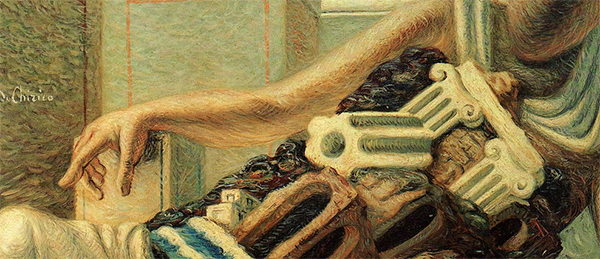
Text by — Federico Scarfo’
Translation by — Julia Perry and Federica Vecchio
You know how in a dream your brain has the power to mix pieces of places, houses, streets, statues, visited in the past and create a new and unique image as well as the ability to evoke familiar sentiments which for some reason, you have never actually experienced before? This is a major theme that unites two incredibly different things: the metaphysical painting of DeChirico and, in my opinion, an unfortunate series of “aim and click” flash games. I define it unfortunate because, being more than sure that an introduction to the Greek artist is not needed at all, the same cannot be said for Submachine: belonging to the unlucky class of flash games, that is to say games which you can play for free on the original site and which usually last for a limited period of time, the series has not gained the popularity I think it so long deserves. Although Submachine has never been an “innovator” of these games, initiated by legendary games like “The Secret of Monkey Island” and “Clock Tower”, I think it is more than suitable for flash games, especially because it has a minimalistic yet very interesting story, inspired by the Matrix, that incentivizes the player to pay great attention to the few clues given. The plot is trivial, the main character is trapped in the submachine, a specific machine that replicates an infinite number of closed environments, among which it is possible to travel through portals. Nevertheless, the most relevant points of strength of the game are its setting, graphics and sound effects: elements that are, as we say, abstract. In fact they are deeply linked to De Chirico’s thematic guidelines, those that were selected for the art show “De Chirico and the mysterious object”. The show, held at Villa Reale, that is the principal reason behind this article. As the title itself suggests, referring mostly to the paintings where the mysterious object is represented, the art exposure concentrates almost entirely on De Chirico’s relationship with objects, inanimate figures, opposed to living beings.
As I have already stated, the first point of similarity is the looming scenario on its single components, generating an oppressive, scary and dreamlike environment. In the painting “Mercurio’s meditation”, the feeling of claustrophobia is alimented by the prospective and narrow space, at the end of which lies a classic bust, the closest thing to a person that ever appears both in the metaphysic way of painting as well as in certain sections of Submachine. Similarly, painting by De Chirico set in an outdoor environment are just as disturbing, as they form a dreamlike composition whose limits are incumbent upon the flat sky and largely geometric shadows and solid walls.
Submachine is set in a series of places, mainly closed, artificial and mostly ruined. For example, in the same episode, taking advantage of the portals in the game play, the character visits a ship, a canteen, a ruined coffin, the ruins of a temple, and various other places, in which it is easy to see Skutnik’s peculiar style. Each of these locations is abandoned, ruined, no longer functioning, and the themes of deterioration and dissipation melt with the feeling of claustrophobia, of falling out of place, of being undesired guests.
The second common feature derives from a second sense, that of loneliness. In most metaphysical painting, and in each section of Submachine, no human presence can be found. In Submachine, however, even recent traces can be found, which is surprising given the decrepitude of its surrounding environments. Most of the story is told through notes left behind by people less fortunate either long dead or who were forced to flee. The only human contact of the series takes place via computer and not coincidentally, happens to be one-sided since our hero does not have a keyboard to use. Isolation is the greatest power of Submachine, the “enemy” machine, due to its immensity and ability to forever grow and expand, pulverizing humans and objects in its way. The feeling of loneliness in De Chirico, however, come from a surreal feeling of familiarity. De Chirico represented environments as seen from a train window, wanting to reproduce the feeling you get when passing a nearby city and feeling a bigger sense of homeliness than its people. This maps an intimate representation of a place in each of us. The feeling of familiarity that Submachine’s location communicates is instead one linked to despair of the hunted, the ones who lost in the woods, recognize the real horror of aimlessly traveling in circles.
Lastly, the last common feature is the prominent role given to the objects. Like in “silent lives” or in the series of the “mysterious object” by De Chirico, in which objects are placed on a stage and in spite of the human figures portrayed faceless in the background., Submachine makes the objects the fundamental element. In fact, what else makes us realize how importance objects are if not a game in which taking advantage of the environment at its fullest? Everything that is useful exists in Submachine, an object, a note or a pattern, there are virtually no secondary characters, and if there are, they remain invisible throughout the entire series and bring interaction only through notes. In contrast, the statues, representations of steam-punk style potted machines are ubiquitous, mimicking what you would expect, the “real” world beyond the Submachine (although throughout history, the “true” world is not an external reality to Submachine). For their use and even for a sense of “company” that can be drawn from it – after all, they’re the only allies of a player playing against fate – objects are humanized in Submachine and from this it is humanization that becomes a sort of invincible enemy of the Submachine itself, that is far from being a simple virtual help, it becomes an opponent capable of smarts and immense resources, that reigns over an infinite space in which the relationship between object and humans is broken, and the only audible sound is one of squeaking machinery, moving, non-human symphonies that accompany the metaphysical framework that is the game.